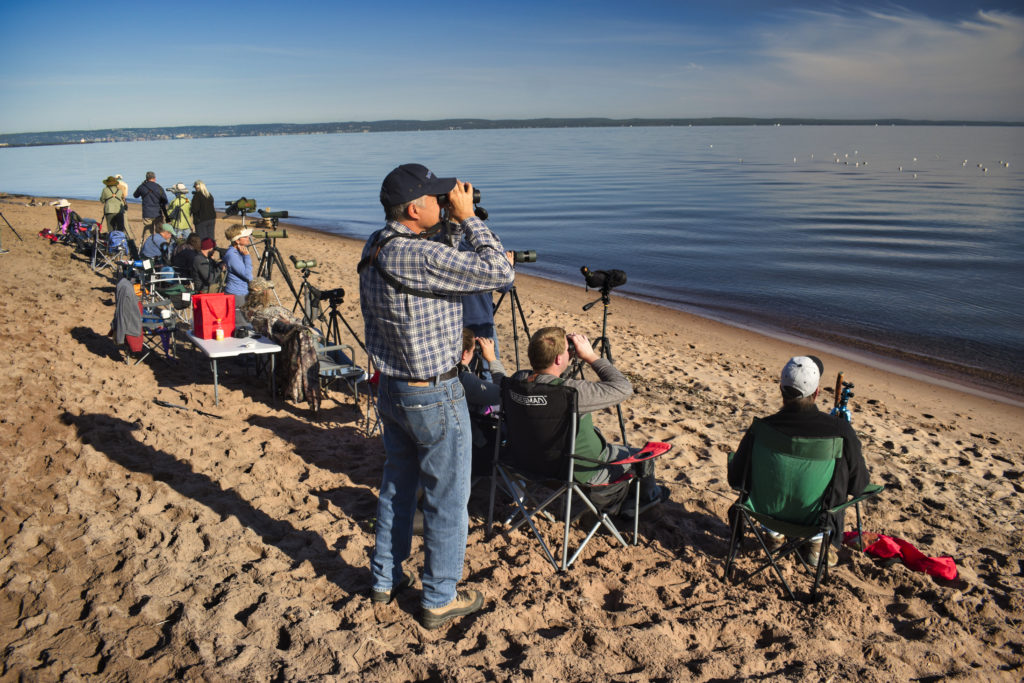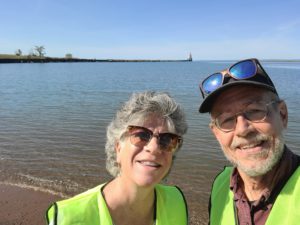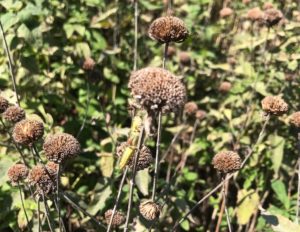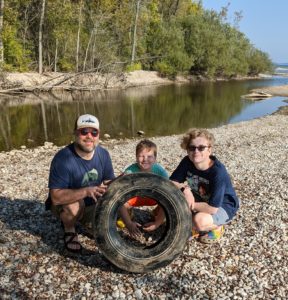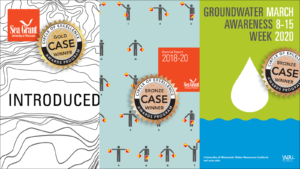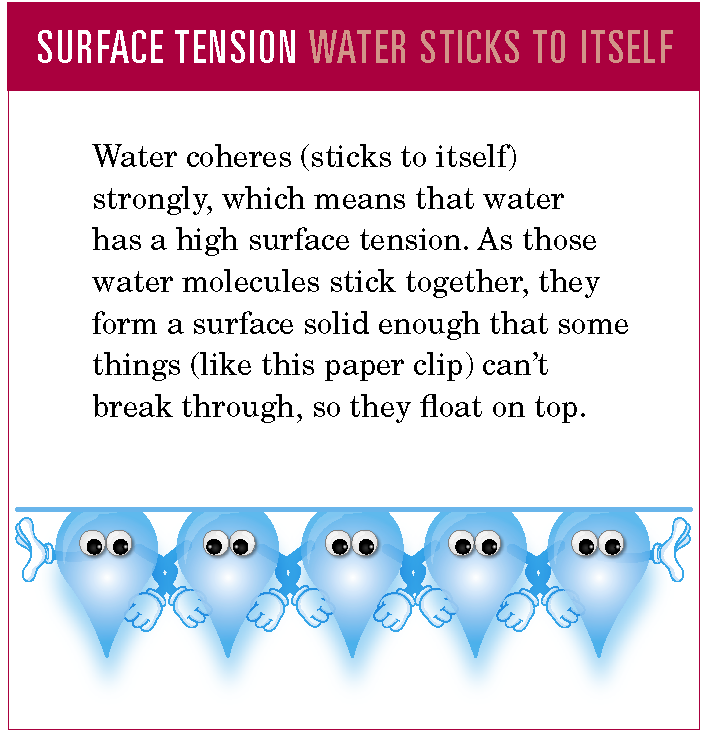Our project directory: an underappreciated resource
The calendar has flipped to 2024. Our staff members are already tackling new projects. Before they move too deeply into the new year, however, some staff members took a moment to retain the glow of their favorite 2023 project. Elizabeth White, senior editor, shared her thoughts.
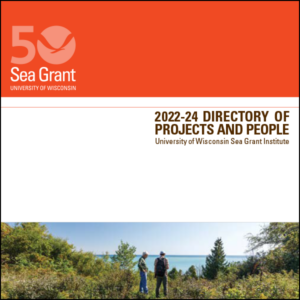 My favorite project of the past year is the “2024-26 Directory of Projects and People.” I think it’s an underappreciated little publication—so routine that we take it for granted. Where else can you find everything you need to know about the Wisconsin Sea Grant Program in one neat little package? It’s got complete project lists, including outreach, education and research, and it contains all of the contact information you could need. Even though it’s really just a directory of information, it reveals the incredible breadth of the work we’re doing with a diverse array of projects and partners. It’s satisfying to see it all in one place.
My favorite project of the past year is the “2024-26 Directory of Projects and People.” I think it’s an underappreciated little publication—so routine that we take it for granted. Where else can you find everything you need to know about the Wisconsin Sea Grant Program in one neat little package? It’s got complete project lists, including outreach, education and research, and it contains all of the contact information you could need. Even though it’s really just a directory of information, it reveals the incredible breadth of the work we’re doing with a diverse array of projects and partners. It’s satisfying to see it all in one place.
While our assistant director for communications, Moira Harrington, does the majority of the work by gathering the information and Designer Sarah Congdon tackles the entire design aspect, my contribution to the project is taking the technical abstracts submitted by the researchers and distilling them into 150-word summaries that are understandable for our general audience. It’s a surprisingly enjoyable (yet challenging!) exercise in clearly describing what we are doing in as few words as possible, and it always makes me feel so proud of what we’re doing.
It’s not ready for publication yet, but I expect it will be available in spring. In the meantime, page through the 2022-24 edition.
The post Our project directory: an underappreciated resource first appeared on Wisconsin Sea Grant.
Blog | Wisconsin Sea Grant
https://www.seagrant.wisc.edu/blog/our-project-directory-an-underappreciated-resource/

